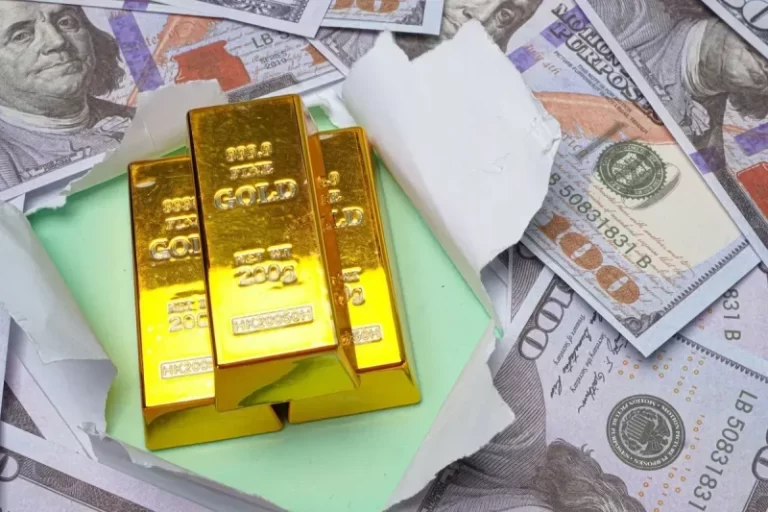Gold’s Moneyness: Experts Debate Inflation, Dollar Dilemma, and Future Highs
In the world of finance, gold has long been hailed as a hedge against economic uncertainty and a store of value. Its intrinsic qualities, such as scarcity and durability, have made it a popular choice for investors looking to diversify their portfolios and protect their wealth. However, the debate over gold’s moneyness – its ability to serve as a reliable medium of exchange and unit of account – continues to challenge experts and investors alike.
One of the key arguments in favor of gold’s moneyness is its historical track record. Throughout centuries, gold has been used as a form of money across various civilizations, attesting to its enduring value. Proponents argue that gold’s scarcity and inherent value make it a reliable store of wealth in times of economic turmoil or currency devaluation.
On the other hand, skeptics raise concerns about gold’s practicality as a medium of exchange in the modern economy. They point to the rise of digital currencies and the convenience of electronic payment systems, arguing that gold’s physical nature and high storage costs make it less suitable for everyday transactions.
The ongoing debate over gold’s moneyness is closely tied to discussions about inflation and the value of the U.S. dollar. In times of high inflation, gold is often seen as a safe haven asset that can preserve purchasing power. As central banks around the world continue to inject liquidity into the financial system, concerns about currency devaluation and rising prices have boosted demand for gold as a hedge against inflation.
Moreover, the U.S. dollar’s status as the world’s reserve currency plays a crucial role in shaping gold prices. A weaker dollar typically leads to higher gold prices, as investors seek alternative stores of value. The recent fluctuations in the dollar’s value, driven by factors such as trade tensions and interest rate policies, have underscored the interplay between currency dynamics and gold’s appeal as an investment.
Looking ahead, experts remain divided on the future trajectory of gold prices. Some predict that ongoing economic uncertainties, coupled with loose monetary policies, will continue to support gold as an investment asset. Others caution that potential shifts in investor sentiment or unexpected economic developments could impact gold’s performance in the coming years.
In conclusion, the debate over gold’s moneyness reflects broader discussions about the evolving role of traditional assets in a digital and interconnected world. While gold’s historical significance and perceived value as a safe haven asset endure, the challenges posed by modern financial systems and changing consumer behaviors highlight the need for a nuanced understanding of its role in investment portfolios. As analysts and investors navigate the complexities of global markets, the allure of gold as a timeless store of value will continue to spark debate and shape investment decisions.



